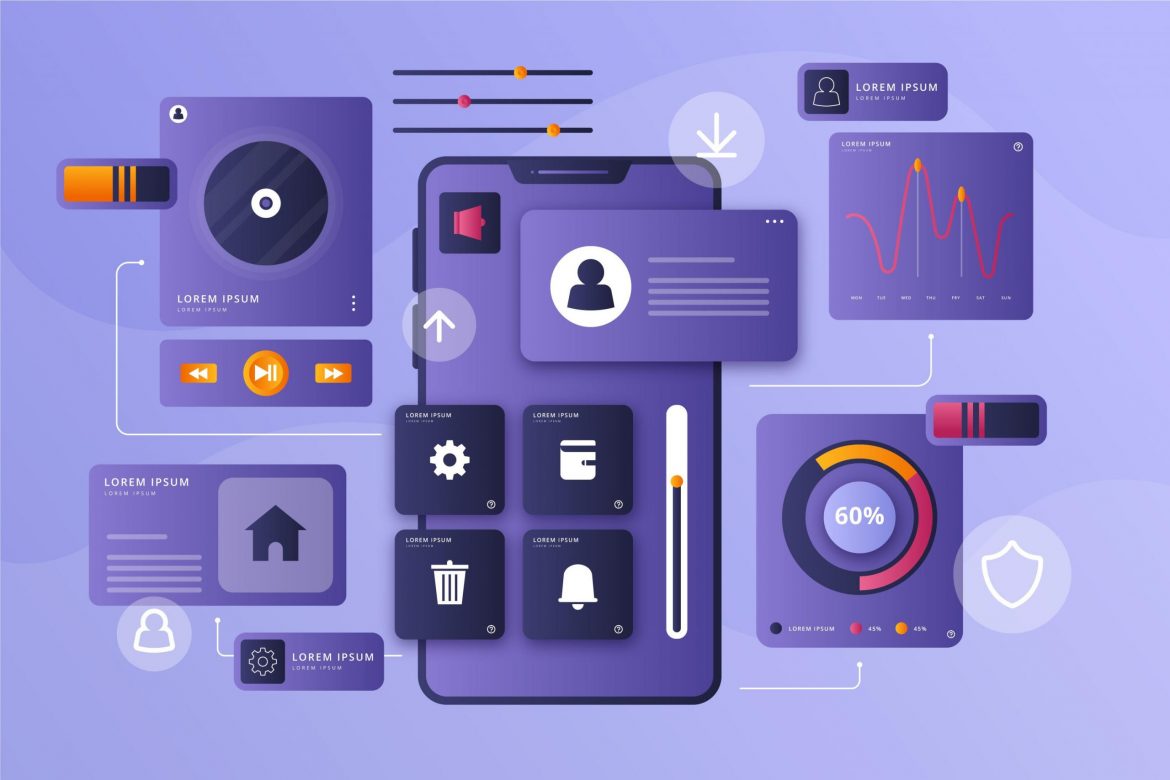In the ever-expanding digital landscape, where user attention is a prized commodity, the significance of User Experience (UX) design cannot be overstated. UX design encompasses a myriad of techniques aimed at crafting websites that are not only visually appealing but also intuitive and user-friendly. Let’s delve into some of the best practices that contribute to creating exceptional user experiences.
1. User Research: Understanding User Needs
At the heart of every successful UX design lies a deep understanding of user needs and preferences. Conducting thorough user research—through methods such as surveys, interviews, and analytics—provides invaluable insights into user behavior, pain points, and goals. By empathizing with users and understanding their motivations, designers can tailor experiences that resonate with their audience.
2. Wireframing and Prototyping: Mapping the User Journey
Wireframing and prototyping are essential steps in the UX design process, allowing designers to map out the user journey and experiment with different layouts and functionalities. Wireframes serve as skeletal blueprints, outlining the structure and hierarchy of content, while prototypes bring designs to life, enabling stakeholders to visualize interactions and flow. These iterative processes help refine designs and uncover potential usability issues early on.
3. Usability Testing: Iterating for Improvement
Usability testing is a cornerstone of UX design, providing valuable feedback on the effectiveness and intuitiveness of a website or application. By observing real users interact with prototypes or live products, designers can identify pain points, uncover usability issues, and iterate based on user feedback. Whether through moderated sessions or remote testing tools, usability testing ensures that designs are optimized for maximum usability and satisfaction.
4. Accessibility Considerations: Designing for Inclusivity
Accessibility is a fundamental aspect of UX design, ensuring that websites are usable by individuals of all abilities. By adhering to accessibility standards such as the Web Content Accessibility Guidelines (WCAG), designers can create inclusive experiences that accommodate users with disabilities. This may involve implementing features such as alternative text for images, keyboard navigation, and ensuring proper color contrast. Prioritizing accessibility not only enhances usability but also expands the reach of websites to a broader audience.
5. Visual Design: Harmonizing Form and Function
While usability is paramount, aesthetics also play a significant role in shaping user perceptions and engagement. Visual design encompasses elements such as layout, typography, color, and imagery, all of which contribute to the overall look and feel of a website. By striking a balance between form and function, designers can create visually appealing interfaces that enhance user engagement and foster a positive emotional connection.
In conclusion, User Experience (UX) design is a multifaceted discipline that encompasses a range of practices aimed at creating intuitive and user-friendly websites. By prioritizing user research, wireframing, prototyping, usability testing, accessibility considerations, and visual design, designers can craft experiences that delight users, foster engagement, and ultimately drive success in the digital realm.
